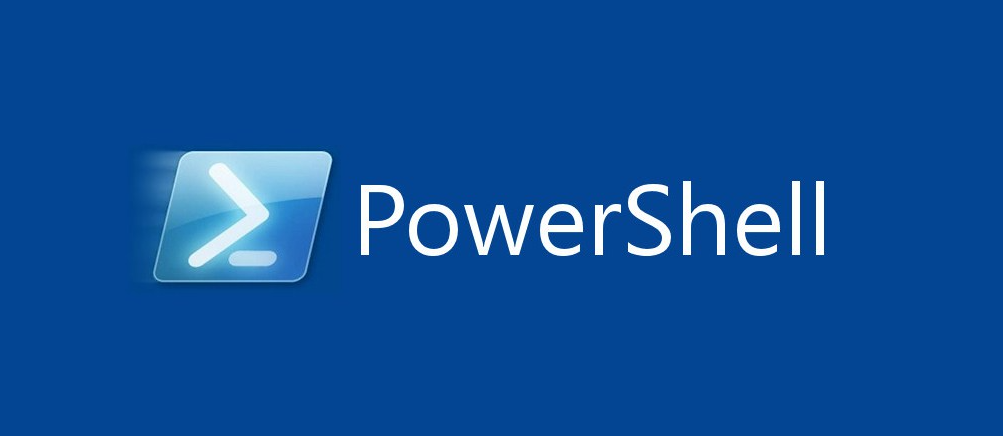Here’s a quick guide on how to use PowerShell to move files and folders.
Using PowerShell to Move Files:
To move files using PowerShell, you can use the Move-Item cmdlet:
# Example 1: Move a single file to a new location Move-Item -Path "C:\Path\to\file.txt" -Destination "D:\New\Path\file.txt" # Example 2: Move multiple files to a new location Move-Item -Path "C:\Path\to\*.txt" -Destination "D:\New\Path\"
In the first example, a single file named file.txt is moved from C:\Path\to\ to D:\New\Path\. In the second example, all .txt files from C:\Path\to\ are moved to D:\New\Path\.
Using PowerShell to Move Folders:
Moving folders in PowerShell is similar to moving files. You still use the Move-Item cmdlet, but with the -Recurse parameter to include all items within the folder:
# Example 3: Move a folder to a new location Move-Item -Path "C:\Path\to\Folder" -Destination "D:\New\Path\" -Recurse # Example 4: Move a folder and all its contents to a new location Move-Item -Path "C:\Path\to\Folder\*" -Destination "D:\New\Path\" -Recurse
In example 3, the entire folder named Folder is moved from C:\Path\to\ to D:\New\Path\. The -Recurse parameter ensures that all items within the folder are also moved.
In example 4, the folder Folder and all its contents are moved to D:\New\Path\.
Additional Tips:
- Confirmation Prompt: By default, PowerShell prompts for confirmation when you try to overwrite existing files. To suppress this prompt, you can use the
-Forceparameter. - Wildcard Characters: PowerShell supports wildcard characters like
*and?to match multiple files or folders. - Error Handling: You can use try-catch blocks for error handling if needed.
Conclusion
PowerShell provides a convenient and efficient way to move files and folders on Windows systems. By utilizing the Move-Item cmdlet along with various parameters, you can easily automate the process and manage your files effectively. Whether you need to move individual files, multiple files, or entire folders, PowerShell offers the flexibility to accomplish your tasks efficiently.





